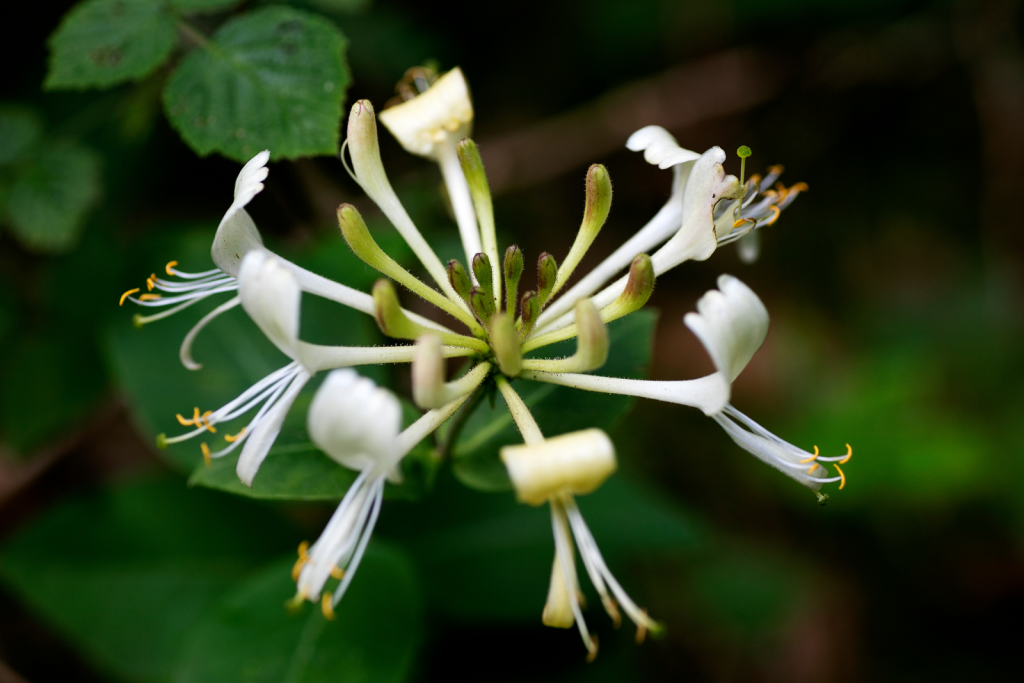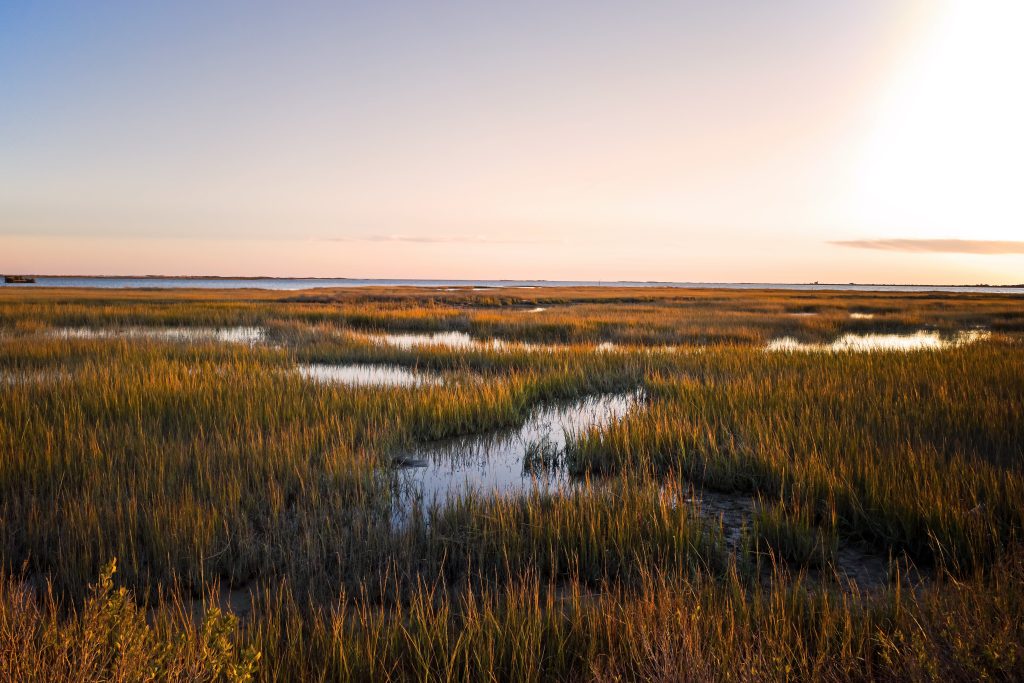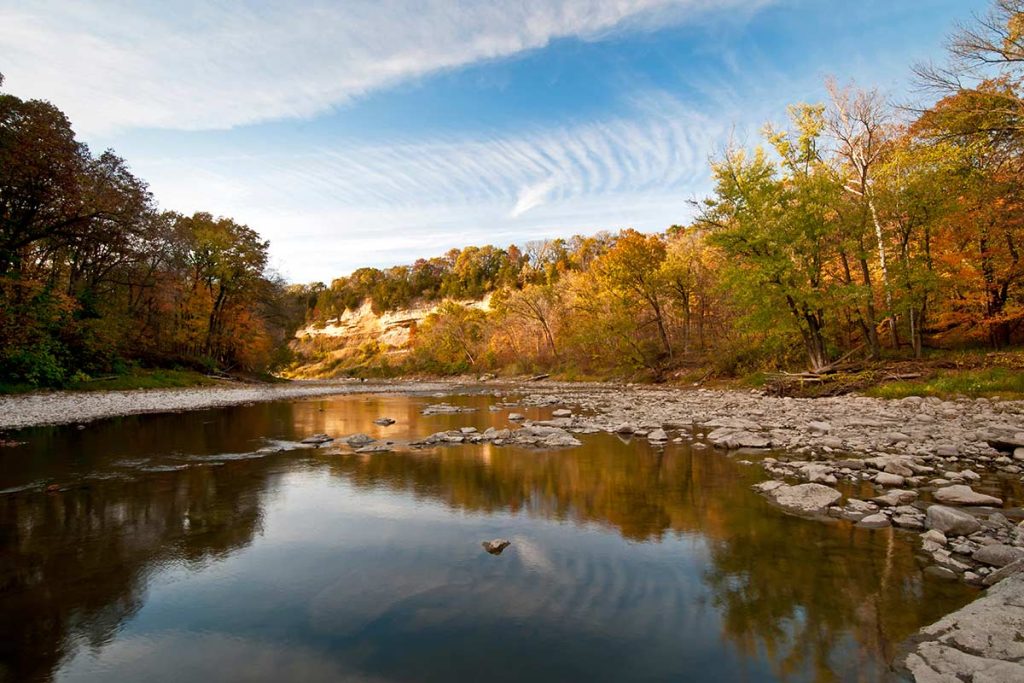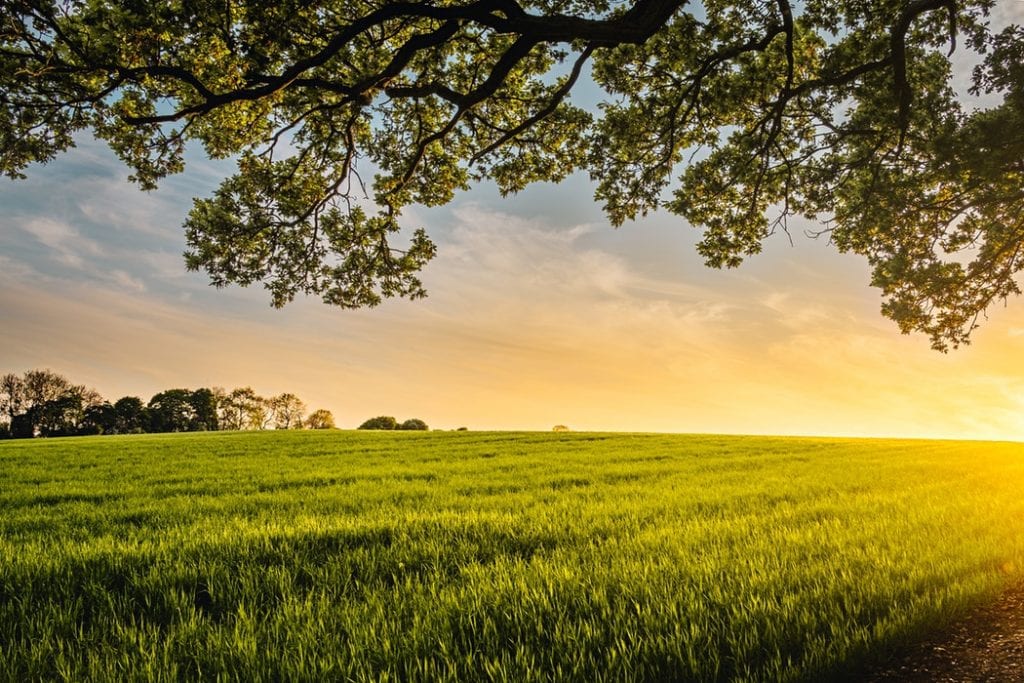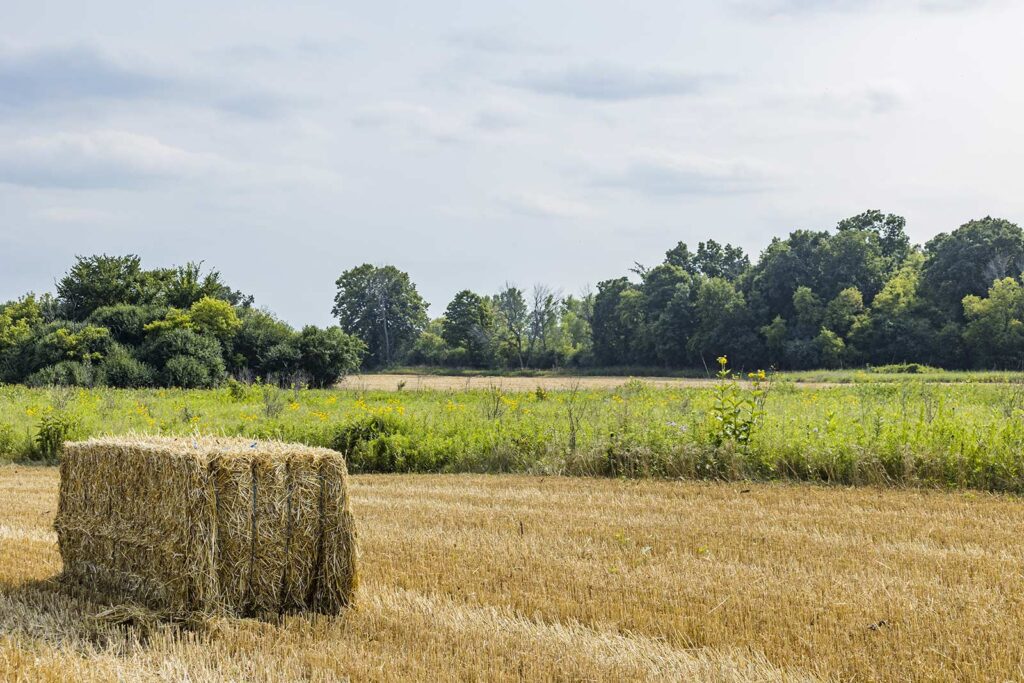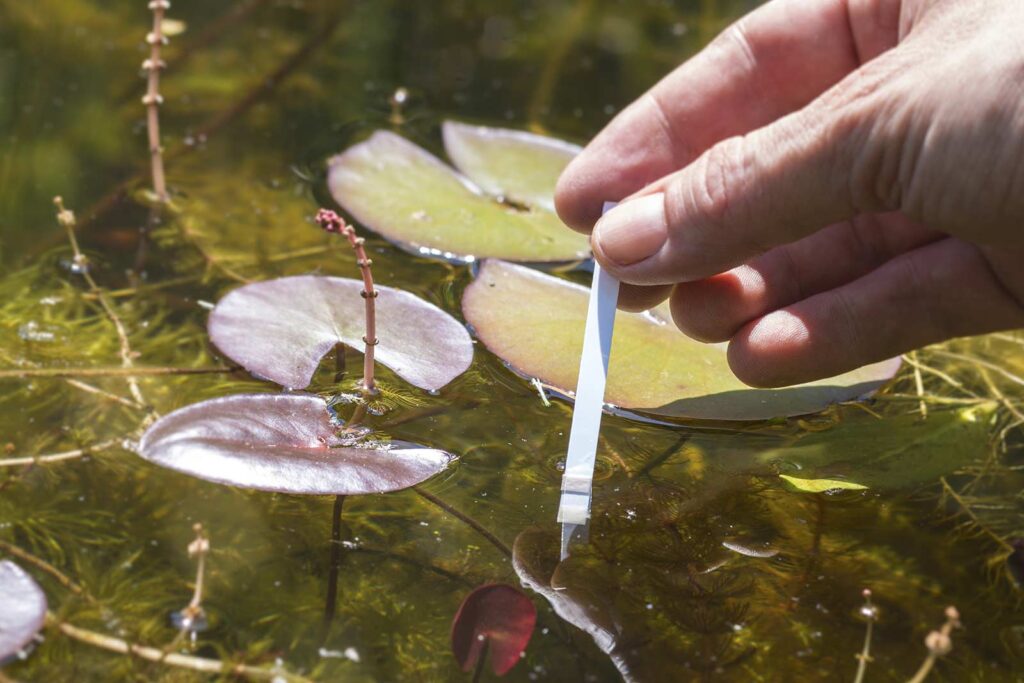Invasive species removal and how it helps promote a well-rounded ecosystem
Let’s explore the critical topic of invasive species removal and how it plays a pivotal role in restoring and maintaining the health of our ecosystems worldwide. Invasive species are non-native organisms that, when introduced to a new environment, outcompete native species for resources and disrupt the ecosystem’s natural functions. These invaders can be plants, animals, […]
Invasive species removal and how it helps promote a well-rounded ecosystem Read More »

